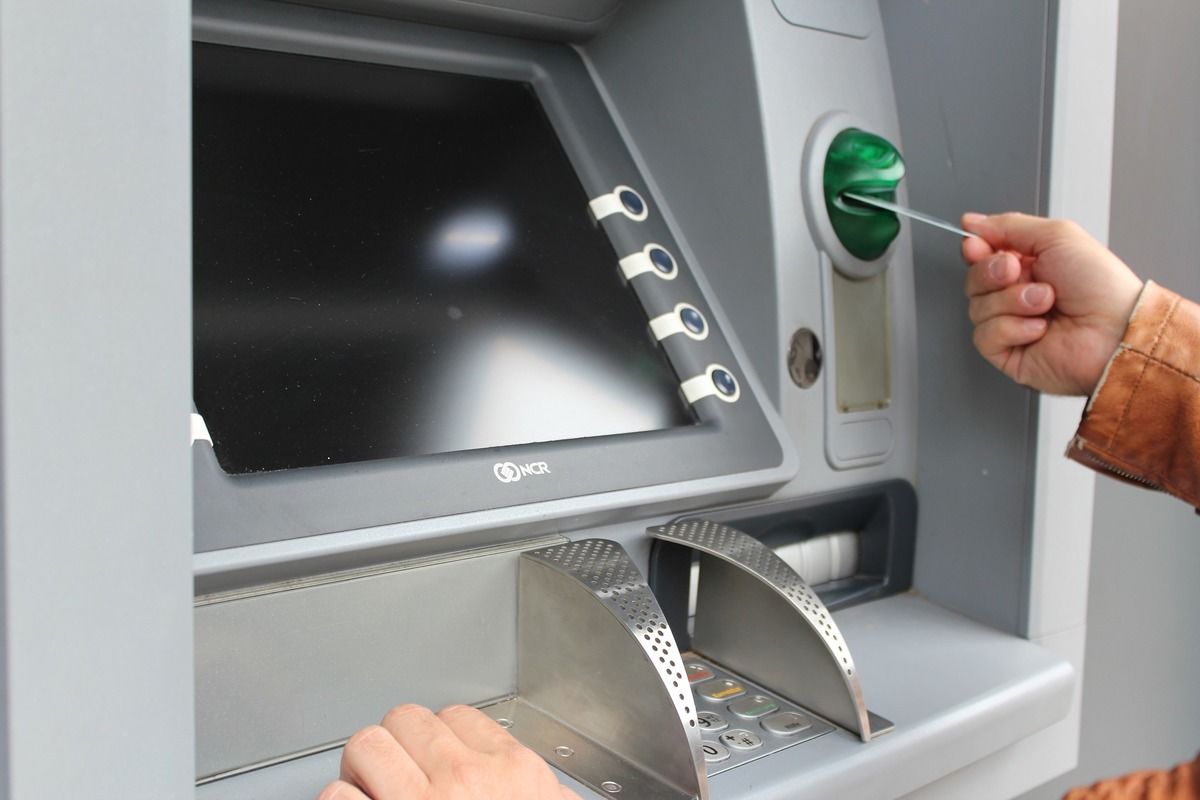There are many pros and cons to opening a bank account in the United States. Whether you are there for traveling, for work, or for school, it may be helpful to have another accessible option.
- Table of Contents
- Qualifications for Foreign Applicants
- Pros and Cons of Having a U.S. Bank Account
- Documents needed to open a U.S. bank account
- Opening a Bank Account for International Students
- Online Applications
- U.S. Bank Comparison
Qualifications for Foreign Applicants

Although it can be a long and tedious process for non-residents of the United States to open a bank account, it is most definitely a possible option. As long as you are in check with the documents needed, the different procedures for each bank, and are willing to communicate to those who can help you.
For short-term travellers in the U.S., a visa application is not needed for the application. However, there is still a list of required documents that differ slightly for each bank, so the best option is to check directly with your designated bank.
Pros and Cons of Having a U.S. Bank Account

| Pros | Cons |
|---|---|
| Don’t have to pay international fees when using your money in the US | Accumulated interest rate may be low compared to other countries |
| Online banking widely available | Hassle to set up account as a non-resident |
| Easiness of using direct deposit | Paying additional monthly maintenance fees on top of your existing bank fees |
| Access to stores that only accept payment from U.S. banks | |
| Eliminates the hassle of currency conversion |
With so many things to consider when setting up a U.S. bank account, it is important to remember and judge whether an account is needed in the first place. A U.S. bank account will be useful to frequent visitors to the States, international students, trainees, and those who plan to apply for a citizenship.
Some drawbacks of having a U.S. bank account includes paying bank fees for the United States bank account in additional to an existing bank account, whether it’s an online one or a foreign one.
Documents needed to open a U.S. bank account

- Form of identification
- Proof of U.S Address
- Debit/Credit Card from your country
- Social Security Number
- Initial Deposit
Specific rules may differ by each state, so remember to check the specific requirements that apply to your case. The most straightforward way may just be calling in to your bank and asking the customer representative.
In most cases, a form of identification such as a driver’s license, passport, or identity card is needed along with your Social Security Number (SSN). Foreigners can obtain an Individual Taxpayer Identification Number (ITIN) instead of a SSN. Your Social Security Card or your most recent SSA-1099 can be used to verify your SSN. An SSA is a Social Security Statement sent to you to report your collected Social Security benefits during the year.
U.S. Address Requirement

You are required to have a physical US address to open a bank account. If you don’t have a residential address, you can use the following methods.
- Use the address of a relative or next of kin
- Use the address of a friend
- Use a personal mailbox by the UPS store
- Use a registered agent address / mail forwarding service
You will also need to prove your address by submitting any type of billing statement or utility bill. Students can show proof of address by handing in a copy of their proof of enrollment (enrollment form). Please note that PO boxes are not accepted.
Using a registered agent address should be your very last option. Certain banks accept this, especially if the mail service provider is a small one. Smaller mail service providers have a much lower chance of being flagged as a registered agent address.
Opening a Bank Account for International Students

Details vary from bank to bank, but in most cases international students don’t have major issues with opening bank accounts as long as they provide the proper documents. This includes:
- Full name
- Home address, local address
- Phone number
- Government-issued passport
- Secondary ID (such as student ID, driver’s license, birth certificate etc.)
- School enrollment verification
- Form I-94
- Form I-20, Form DS-2019, or I-797 approval notice
Brief Explanation of Relevant Forms

Form I-94 is the Arrival and Departure Record issued by a Customs and Border PRotection Officer to any foreign visitor entering the United States. Form I-20 is a Certificate of Eligibility for Nonimmigrant Student Status given to international students by their designated school officials. Form DS-2019 is issued by a U.S Department of State-designated sponsor organization and identifies you in the Student and Exchange Visitor Information System. Form I-797 is issued as a result of a change request from one non-immigrant classification to another.
Online Applications

In most cases, you need to be physically present in the US to open the bank account. Some banks allow for online application, but it takes longer for an approval response. Online banks rule that applicants must provide a SSN, or an ITIN for foreign applicants.
That being said, TransferWise suggested that new U.S. residents will likely be rejected for online applications. This is due to a lack of credit history in the States, as required by law. Limited credit history makes identity verification much more difficult for the banks. There is an additional con of the absence of an in-person interview or check. A merit to an in-person application is the building of a face-to-face relationship and rapport with your bank. That in-person connection is going to benefit you by allowing you to understand and deal with the requirements right away, and also will help you get accustomed to the process.
The two banks that allow for online account creation are HSBC and Citibank. You will need to first contact the bank, scan and send in your requested documents after speaking with a representative, then sign up online. The bank representative will walk you through this process. Some global banks like Citibank operate in different countries. If you have a bank, such as Citibank, in your home country that also operates in the US, you can visit the one nearest you and speak with a representative. They can help you create the account from your country in person.
U.S. Bank Comparison

Once a decision is made to open a bank account in the United States, the next big decision is to choose which bank to conduct business in. Some banks offer student accounts, whereas some banks offer special rates for business accounts, so it is important to choose a bank based on your personal needs.
Major Banks in the United States
- JP Morgan Chase [2.53 trillion in assets]
- Bank of America [2.28 trillion in assets]
- Wells Fargo [1.95 trillion in assets]
- Citigroup [1.84 trillion in assets]
- Goldman Sachs Group [917 billion in assets]
| JP Morgan Chase | Bank of America | Wells Fargo | Citigroup |
|---|---|---|---|
| Free student bank account for those aged 17-24 | $12 monthly maintenance fee (free if you pay in at least $250 each month) | $10 base monthly maintenance fee ($5 if you’re a student aged 17-24) | $0 minimum deposit to open basic bank account |
| Business account with a $10 monthly maintenance fee (free if there is a minimum of $1,500 in the account) | Fee is waived for students under 23 |
The top 5 major banks in the United States are JP Morgan Chase, the Bank of America, Wells Fargo, Citigroup, and Goldman Sachs Group respectively. Out of these 5, 4 of them have over $1 trillion USD in assets. These banks are chosen most frequently by citizens, but do not offer the best interest rates. Note that Goldman Sachs Group Inc. is an investment bank that services in investment, securities, and asset management.
Top 5 Best Banks for Savings Accounts
- Northpointe Bank
- Popular Direct
- Salem Five Direct
- IncredibleBank
- DollarSavingsDirect
| Northpointe Bank | Popular Direct | Salem Five Direct | Incredible Bank | DollarSavingsDirect |
|---|---|---|---|---|
| 2.05% APY | 2.00% APY | 1.85% APY | 1.82% APY | 1.80% APY |
| Best for high yield for large savings amount | Best for top rate | Best for high yield | Best for high yield | Best for high yield |
| Minimum $25,000 deposit to earn the top yield | $4 monthly fee if balance is less than $500 | $0 monthly service fees | Low minimum deposit | |
| Interest compounded daily |
The top 5 banks offering the highest savings account interest rates are listed above, with Northpointe Bank coming in first place with their offering of 2.05% annual percentage yield. These banks are not the most popular banks by name but provide a better rate for those looking to save compared to the major banks that offer a much lower rate for interest accrued on savings.







